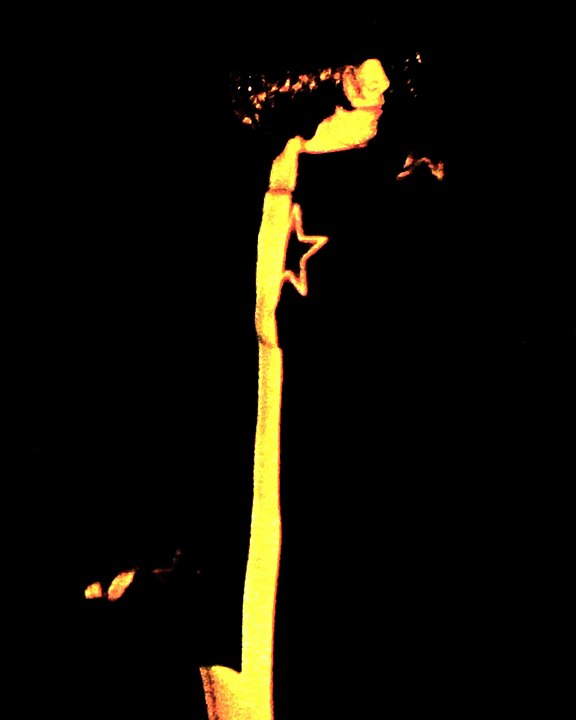I was born and grew up in 1950s-70s Christchurch, New Zealand/Aotearoa and I was surrounded by the dominant European culture with little exposure to Maori society and only superficial glimpses of the art or "Toi". Later, when looking at local indigenous motifs, I couldn't help noticing their similarity to the Minoan and Greek pottery motifs that I was familiar with from High School art class and Art History 101 and personal study. It's not surprising as both were sea going peoples and encountered the same or similar shapes and forms and had access to the same or similar white clay, black soot and red ochre pigments. Personally I believe that art shows that all the peoples of this world have more in common than not and art can celebrate both our individuality and our oneness.



























According to Homer's "Iliad" during the Trojan War Patrokles was killed by Hector. His body, which had been stripped of armour by Hector was protected from further desecration on the battlefield by Menelaus and Ajax until retrieved by Achilles, his lover in some interpretations.
The designs are inspired by painted Greek pottery, specifically Patrokles. Attic black-figure kalyx krater, c. 530 BCE. (National Archaeological Museum, Athens)
They are also similar to Māori spiral and wave patterns from my native New Zealand/Aotearoa.
Signed limited edition of 5.
Pigment ink print on Hahnemühle etching paper.